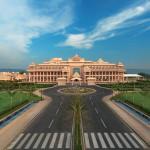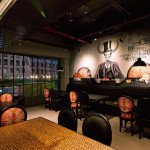Giving Spaces A Soul: Masooma Rizvi
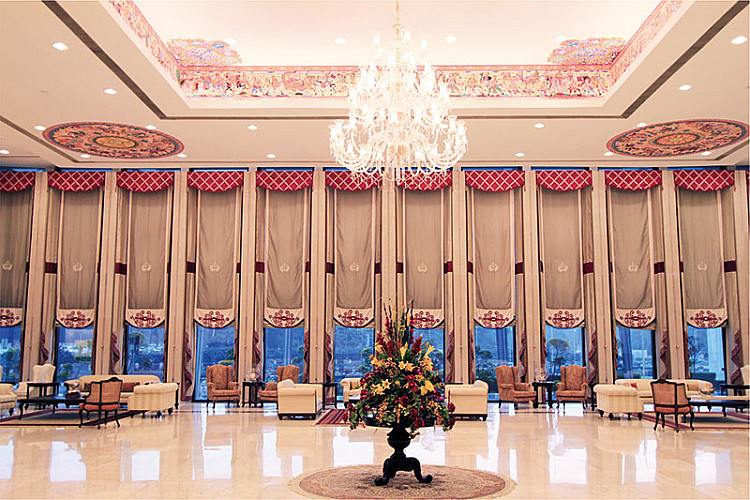
Masooma Rizvi’s day begins when most of ours ends. A self-confessed night owl, the MD and creative head of Belita Design Solutions says that her work starts post 9 p.m. when the household is settling down for the night. Then it’s just her, a mug of coffee, her giant Mac and eventually, the chirping birds outside. This, she says, is one of the best things about her job — that there’s no ‘typical’ workday. The fact that she didn’t quite believe in the need for a 9-to-5 work ethic led her to start her own company after working for a decade. “I feel habits are important and routine should follow habits, and not the other way round. So, when I started my company, I knew I wanted it to be a happy, safe space where creativity was nurtured and encouraged. The only way people can create is when they feel safe that their ideas won’t be ridiculed or dismissed without due consideration. In my firm, every idea, and every thought process is given time and consideration and credit. Traditional firms have way too much bureaucracy and red-tapism. Also, having my own firm allows me to be extremely selective about the work I accept. I only take on spaces that excite and challenge me,” she says. And, so she has. Rizvi has some stellar projects under her belt, which include redesigning the capital’s Rashtrapati Bhavan, Manekshaw Centre and Pravasi Bharatiya Kendra.
We ask her about the Rashtrapati Bhavan and her face lights up. “I was very fortunate and honoured to have been called by Presidents Dr A. P. J. Abdul Kalam and Pratibha Patil to help with the redesigning. Back then, I didn’t even have a website and I am still shocked at the humility of the Presidents. The Rashtrapati Bhavan is a building that is, in the ultimate sense, owned by the citizens of India. Any work that is done there ought to be a representation of India — the ethics, the individuals, the history and the present,” she says. This project came with its fair set of challenges, one such being the allocation of space for the state dining area. “Between the ventilators and doors were beautiful antique weapons that needed restoration. The lighting needed to be redone. I had to keep the room functional, rethink the decor, restore the weaponry, maintain the sophistication and also give the Presidents three best possible options while keeping the overall feel of the place intact,” she explains.
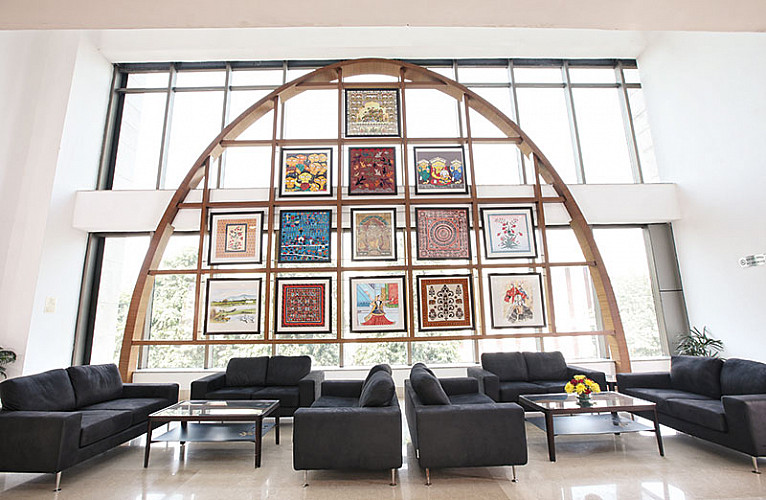
For her other project, the Pravasi Bharatiya Kendra, Rizvi had just two months to complete the entire thing. “This building needed to appeal to the Indian diaspora the world over, to make them proud of their origins and also bring out the rich heritage and culture of India. The structure boasts the myriad art forms of India. More than 200 artists worked together to make it what it is today,” she enthuses. However, the project that remains especially close to her heart — given her own army background (she is the daughter of an army man and married to one too) — is the Manekshaw Centre. “It was a steel-and-glass building that had to showcase the traditional, wood-and-brass-inspired look of the Indian Army. It had to have contemporary elegance, world-class design and stunning art work that complemented the military aesthetic. Also, the building had to appeal to a wide spectrum of people from war veterans to the millennials. It was such a wonderful challenge to design the interiors. Every space was thematically designed to highlight some aspect of the army.”
Her love for military spaces also took her to the Amar Jawan Jyoti in Jaipur. Rizvi was commissioned to design a state-of-the-art museum around the memorial. “It’s a one-of-a kind corridor museum, which presents a light and sound exposition in the Indian tricolour every evening. I had 18 rooms in which to recreate the history and valour of the defence forces of India. The display of weapons has been done in an unusual artistic way with the murals of soldiers down the ages made in marble holding actual weapons. For this museum, I made it a point to have not only stylised artefacts but to also incorporate digital India in the best way possible, and our work has won us international awards,” she says, delightedly. More than the awards, the real reward for Rizvi was seeing people shed tears after watching the story of the sacrifice of our Indian soldiers, which was shot on the Siachen border, with footage from real-life events to ensure correct information and authenticity. “Being the daughter and wife of proud army men and the daughter-in-law of a recipient of the Military Cross, I had to do justice to this museum,” she asserts.

It is this background that has shaped much of Rizvi’s work. The constant travelling, which was an intricate part of her work, and the exposure to various cultures, traditions and artworks gave her an inherent understanding of the way people live. She’s learned how regions, climates and geographical locations come together to form a story, which she then adapts in her work. “I’ve travelled all over the world, which has also given me an edge about how various cultures shape the art and interiors of homes. This has helped me blur the lines between ‘traditional’ and ‘contemporary’ and to move beyond conventional notions in order to create art that is meaningful and fluid,” she states. Hailing from a lineage of artists and designers ensured that she imbibed a deep love for this form, so much so that her grandmother predicted that she would find her way back to working in spaces, at a time when Rizvi was studying for her Bachelor of Science degree. This foretelling proved true, and Rizvi’s passion for beautifying them and giving them a soul indeed became her calling. “I’ve always worked with energy. A lot of people are sceptical about ‘energy’ and vibes, but when you work with intimate spaces, you realise that it’s not just about the furniture or the painting; it’s about making sense of it all in a way that can bring out the best in a space,” she says. Her design aesthetic is clear — to make a space look beautiful without being ostentatious and to ensure that it is always an extension of the owner’s personality. “Design is a tricky process. I don’t think you can do it unless you love it. Sometimes your luck seems to run out, and I’ve learned that with a little courage and ingenuity, a low can be changed into a high. All you need is a never-say-die attitude,” she asserts.
For inspiration, she turns to nature and birds. “And, of course, how can you not be inspired by Antoní Gaudi, Bob Pejman and Matisse?” she enthuses. Rizvi says that she doesn’t have a signature style as every space has different requirements. Some spaces need to be livened up while others need sobering down. For her, it’s all about listening to the space. “The only mantra I believe in is that form must follow function. In design, we cannot have a one-glove-fits-all concept. Sure, there are some quick, easy tips that usually work, but where’s the fun in that?” she says with a laugh.
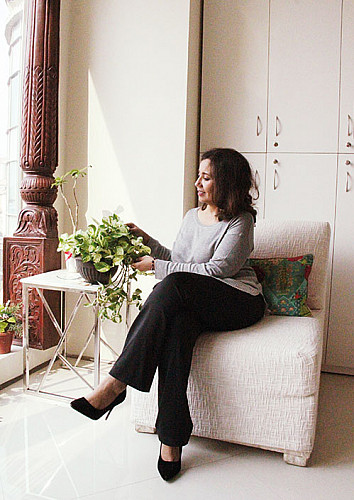
What is it about heritage structures that she loves? “The most important thing that we hand down to the future is our heritage and culture. Heritage structures are a beautiful testimony to our past and a constant reminder of everything our country has achieved,” she says. “Every art form is a commentary on the culture of a place. A country can only be truly liberated and advanced when its art flourishes. Every design — be it architectural or interiors — has cultural connotations. Culture is and should be a guidebook, a sort of overarching road map not the end destination. Design is what takes culture forward,” she says. In the course of her work, Rizvi has designed 20 museums so far and would welcome the opportunity to work on the National War Museum in Delhi. “I think there is such potential to be unlocked.” This is possibly the reason why this art history buff is also an art associate with the MET in New York.
Ask her about the future of design and she is optimistic. “It’s unpredictable, fascinating and exciting! The boundaries are going to continue to blur between art, product and design. I would say the new kids on the block are both lucky and unlucky! Lucky because they have so much information just a click away, unlucky because this can be confusing and often, what you see is not what you’ll reproduce.”
For someone who has always been camera-shy, she has never had to chase accolades. During her inauguration speech at the Pravasi Bharatiya Kendra, Sushma Swaraj singled her out — something that Rizvi still cannot quite get over. But this, she says, encapsulates all the principles she tries to live by — that of not seeking instant gratification, that, she rues, drives the youth today, but working hard and not worrying about the outcome. Her proudest moment came after the speech. “My daughter turned to me and said, ‘Looks like you were right. You always get your due’. And that in a nutshell, sums up everything she stands for. “I follow my own path and heart,” she insists. And Rizvi continues to blaze a trail in the world of design by doing just that.
Related posts from Verve:
Verve Trending
Sorry. No data so far.
us on Facebook to stay updated with the latest trends


